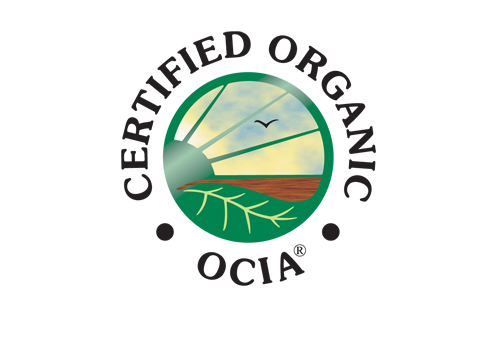

OCIA Shade Grown Coffee Standards

OCIA certification arises from the following basic principles: Organic certification is a system of institutionalized trust, allowing consumers to identify and reward conscientious stewards of our natural heritage. Organic certification is a privilege to be earned rather than a right to be withdrawn. No one knows the farm system better than a farmer. Organic production focuses on natural processes and their management: materials and products are an adjunct to, not a replacement for, effective management. Diversity, interaction, adaptability and competition are characteristic, natural elements to be respected in the organic system. The organic farming system should be structured and managed to ensure that soil loss through erosion and other degradation does not exceed natural replacement rates. Organic operations must take measures to maintain and/or improve landscape and enhance biodiversity.The producers, handlers, and consumers depend on processors of organic products to preserve or enhance the original nutritive value for the type of product, while continuing producer efforts to minimize contamination of the product and the environment. The audit trail is an integral part of organic certification. The use of products made from organisms that have been modified by genetic engineering techniques (as defined in the Materials List) is prohibited and is in direct violation of the philosophy and organic intent of OCIA. Nanotechology applied as an extension to the process of genetic modification referred to in 1.2.10 is prohibited within the organic system.The use of manufactured nanoparticles or nanostructures is prohibited. *Notwithstanding the above, the use of naturally occurring nanoparticles, as in traditional biodynamic practice, is allowed. The use of artificial nanoscale processes is prohibited within the organic system.
Applied Standards
Plantations must have an inspection for compliance to and adoption of these shade-grown coffee criteria before being eligible for certification. 1. If necessary, a transitional plan for the introduction of shade and shade management in accordance with these standards must be developed. 2. Continuous progress must be demonstrated toward achievement of the shade management plan in Section 4.10.2.a.1. 3. The shade management plan in Section 4.10.2.a.1 must be revised and reviewed annually in order to achieve sustainability of the operation. 4. Plantations in transition must have an inspection of the conditions and adoption of the shade-grown coffee criteria before becoming eligible for certification. Rustic or traditional polyculture shade is encouraged on the coffee plantation. A minimum of 40 percent of canopy cover is required over the crop. Shade management must not drastically reduce canopy coverage. Species other than Inga spp, Erythrina spp, Gliricidia sepium, and Gravillea robusta, which include fruit species, can be planted to improve biodiversity, but non-native species shall not represent more than 20 percent of the shade trees. The Inga species shall not represent more than 50 percent of the canopy. Shade introduction shall have a minimum of ten botanical species other than Inga spp., Erythrina spp., Gliricidia sepium and Gravillea robusta per production area. A single Inga spp., shall not comprise more than 50% of the trees in the production area.Pruning of trees must be provided during the rainy season to provide and preserve the natural habitat for plants and animals. Removal of old trees and restoration must be documented and in accordance with the reforestation plan required in Section 4.10.2.c.1. Only controlled cutting of firewood for use by workers or drying of coffee is allowed. In the event that there is excess firewood from the pruning of trees, this wood may be sold. Vegetation management A reforestation plan must be developed before any deforestation can occur. The reforestation plan must emphasize the use of indigenous species adapted to the region. Reforestation with exotic species is restricted to a maximum of 10% and to environmental justification. Clearing of land is restricted to weeds, shrubs, and other types of secondary vegetation. No trees important for the establishment of the forest that are above three meters in height may be removed unless, diseased or damaged by natural elements. To prevent erosion, plant coverage of the soil must be encouraged. Weed control on sloped terrain shall not cause erosion. Live barriers of secondary vegetation and reforestation shall be maintained along watersheds, near rivers, and near stream banks within the production zones.
